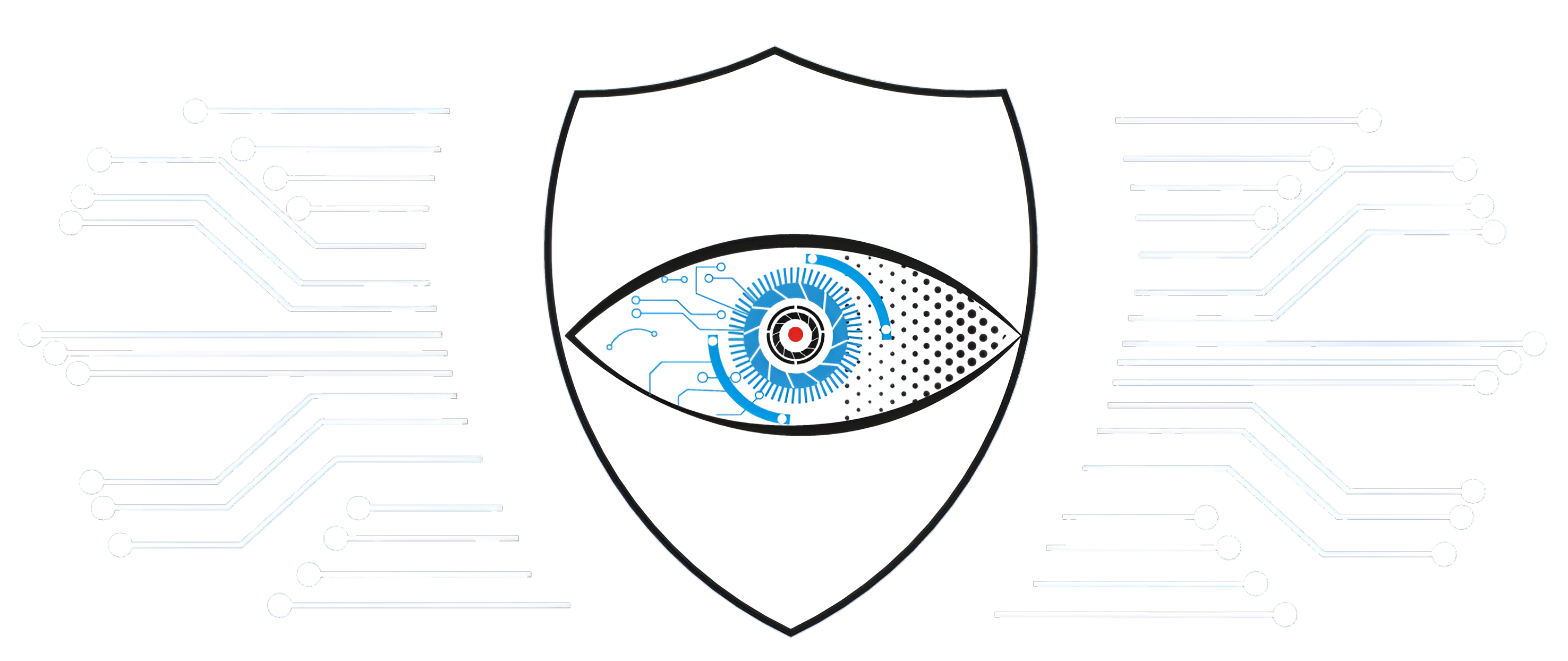- info@firewall-iq
- Al-Qadisiyyah - Service Street opposite Um Al-Tabool Mosque - Sham Center Complex
Web Design Essentials for Optimal User Experience

07
Jan
Web Design Essentials for Optimal User Experience" is a comprehensive guide to creating websites that are not only visually appealing but also highly functional, user-friendly, and optimized for engagement. In today’s digital landscape, a website must go beyond aesthetics to ensure it meets the needs and expectations of its users. Here’s a breakdown of the core components essential for crafting an optimal user experience:
1. User-Centered Design
- Understanding the Audience: Start by knowing your target users—what they need, how they behave, and what they expect. This can be achieved through user research, persona creation, and user journey mapping.
- Usability Testing: Regular testing with real users helps identify usability issues early, allowing you to make informed design decisions that enhance the user experience.
2. Responsive and Mobile-First Design
- Adaptability Across Devices: With a significant portion of web traffic coming from mobile devices, designing with a mobile-first approach ensures that your site performs well on all screen sizes.
- Flexible Grids and Layouts: Use responsive grids and flexible layouts that adjust smoothly between different screen resolutions and orientations.
3. Visual Hierarchy and Content Organization
- Prioritizing Content: Organize content in a way that guides users to the most important information first. Use size, color, and placement to establish a clear visual hierarchy.
- Effective Use of White Space: White space (or negative space) helps prevent a cluttered design, making content more digestible and the overall experience more enjoyable.




